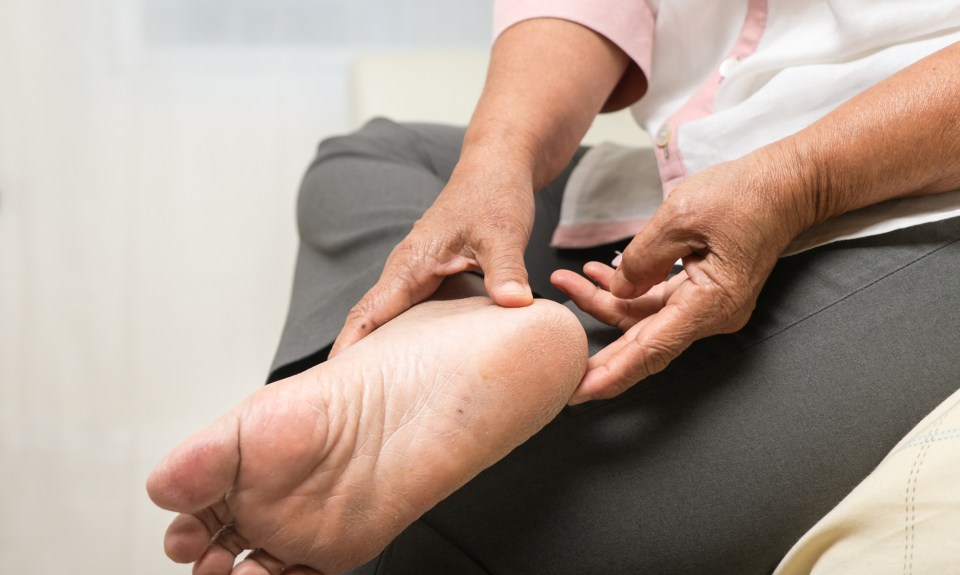Caring for your feet is always important for those who have diabetes, but summer can present unique challenges. Changes in temperature, footwear and moisture levels can increase the risk for dehydration, cuts and blisters. Thankfully, there are ways to make sure you and your diabetic feet stay healthy:
Wear the right shoes
As temperatures soar, it’s tempting to ditch thick socks and close-toed shoes for a pair of sandals, flip-flops or bare feet. However, the problem with this footwear is they lack protection for your feet. Even though an open style allows air to flow, it also can allow bits of rocks, glass or other foreign bodies to get lodged in the skin and cause damage. Deciding to go barefoot could lead to burns and increase your risk for stepping on a dangerous object. Diabetics with neuropathy or numbness may not feel when they step on a sharp object, stub their toe or burn their skin. Medicare Part B and many other medical insurances cover therapeutic shoes and inserts annually for diabetic patients who have neuropathy in their feet.
Check your diabetic feet every day
Two-thirds of diabetic patients have neuropathy, meaning that nerves do not send accurate brain signals when something is painful or wrong with the feet. Check your feet daily for breaks in the skin, blisters and discolorations. It’s important to look in between your toes and check inside your shoes with your hands before putting them on. If you see a problem, like a new sore or wound, contact your physician or podiatrist immediately.
Monitor your blood sugar levels
It’s important to keep hydrated, especially during the heat of the summer. Sugary beverages and frozen drinks can contribute to issues controlling glucose levels. Your best option is typically plain or fruit infused water, unsweetened iced tea and sugar-free popsicles. The American Diabetes Association set general target blood sugar ranges below, but make sure to check with your physician on what your specific target range is.
The American Diabetes Association suggests these general target blood sugar ranges:
- Before meals: 90-130 mg/dl
- Two hours after start of meals: Less than 180 mg/dl
Care for your skin
Diabetic neuropathy not only decreases sensation, but it can also damage the nerves responsible for maintaining supple, healthy skin. This can cause dry, cracked skin on the feet. Moisturize dry skin on the feet with a cream daily, this will help the skin stay soft and prevent fissures. Do not apply creams or lotions between toes, this interspace is already moist enough. Callouses need to be trimmed by a podiatrist or trained healthcare professional. Watch for scaly, itchy skin on the feet, this is common during the summer and can be a sign of foot fungus.
Visit your physician and/or podiatrist
Because diabetes is the number one risk factor for having a foot or leg amputation, it is crucial that diabetic patients have regular examinations with health practitioners, especially a podiatrist. If you have diabetes and it has been longer than a year, make an appointment with your podiatrist. They can assess you for neuropathy and give you tools to avoid foot complications. Diabetic patients with neuropathy need frequent appointments and should see a podiatrist every couple of months for a foot inspection, toenail and/or callous trimming. Ask them about their recommendations for the right shoes. They want to enable your feet to last a lifetime.
The content of this site is for informational purposes only and should not be taken as professional medical advice. Always seek the advice of your physician or other qualified healthcare provider with any questions you may have regarding any medical conditions or treatments.



